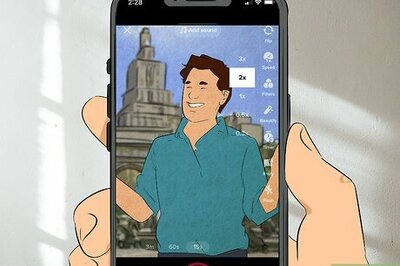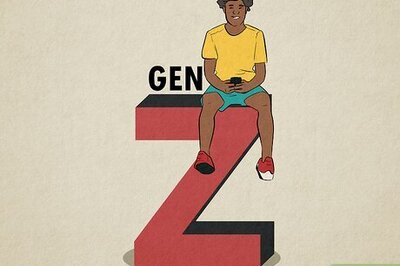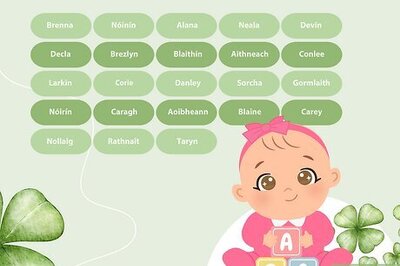
views
Washington: A single facial expression can convey more than a thousand words, hence people can enrich their communication skills by deliberately managing these non-verbal messages.
That a text is more than a series of words becomes clear as soon as you read a story aloud; for example, "Little Red Riding Hood".
At the end of a sentence you drop your voice. The pitch of your voice also changes when the wolf speaks. Certain words receive extra emphasis. For example, 'Grandmother, what a great mouth you have!' 'That is to eat you up with!'.
Not only do you use your voice to make the story frightening but your face adopts a frightening expression as well. When reading aloud you do that deliberately. Unconsciously, you do the same when talking to somebody, according to Eurekalert report.
Pashiera Barkhuysen of Tilburg University, Netherlands, who did his Ph.D on the subject, used different methods to distinguish the effect of the content and the other information. Czech study subjects were shown video clips with Dutch sentences such as 'God, I feel great', or 'I want to sleep and never wake up again'.
Some were shown both the images and the sound and others just the sound or the images. The Czechs could indicate in all cases whether the sentence had a positive or negative meaning. Research with Dutch study subjects revealed, for example, that people can both see and hear when somebody has finished speaking.
Research provides information about the interactions between speakers and listeners. That is relevant for the development of speech computers, such as the NS-reisplanner, travel planner for the Dutch National Railways.
It also explains certain communication problems. For example, some people are interrupted a lot. That is not due to a lack of domination. Former British prime minister Margaret Thatcher was also regularly interrupted.
She took no notice of this and carried on talking. Yet unconsciously she gave signals that she had finished speaking. One possible solution is to adjust the intonation and only to return eye contact when you have finished speaking.



















Comments
0 comment